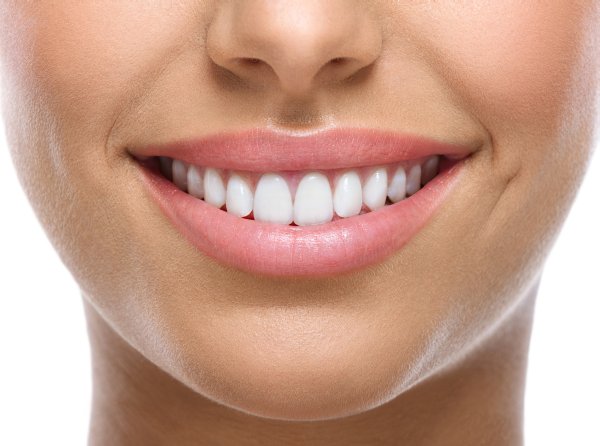Teeth Whitening for Intrinsic Tooth Stains


Teeth whitening is becoming a more familiar and common procedure in dentist offices everywhere. There are even products that you can buy in the store to whiten your teeth if you have stains. In addition, the cosmetic dentist can give you whitening gel and mouthpieces that you can wear overnight at home. Each of these treatments can remove yellow, brown, and gray discoloration. However, when stains are not on the surface, different processes are required.
Intrinsic vs. extrinsic staining
When it comes to discoloration and staining, there are two types to be aware of. First, there is extrinsic staining, which occurs on the outer layer of the tooth, or the enamel. The second type is intrinsic, which happens within the inner layer of the tooth, or the dentin. Though this layer is under the tooth, stains can still show through and make the tooth look discolored.
A big challenge exists with intrinsic staining. Teeth whitening methods such as hydrogen peroxide gel cannot effectively remove stains on the dentin layer. Also, while extrinsic staining is due to poor oral hygiene and diet, intrinsic staining can occur because of different reasons. These include injury, overexposure to fluoride, or the use of certain medications.
Dental crowns
The first teeth whitening solution for intrinsic staining is often a dental crown. Dentists frequently use crowns to cover damaged teeth or to stabilize weak ones. But crowns can also cover stained and discolored teeth too. The dentist can fabricate the crown to be any color shade the patient desires. Usually, the crown is made of porcelain or ceramic. The dentist can color it as close to the natural whiteness of the natural teeth as possible.
The dentist begins by making impressions of the mouth so that the crown will fit. To place a crown, the dentist will first numb the affected tooth or teeth. Once the patient is comfortable, the dentist reshapes the tooth so that the crown will fit. The dentist bonds it to the tooth with cement and then cures it with a light, so it hardens quickly.
Veneers
A dental veneer is similar to a crown in that it covers up blemishes on a tooth. It can do this for discoloration too. However, the veneer attaches to the front surface of the tooth rather than covering it entirely. Like a crown, a veneer can be any color. It is a thin porcelain shell that has a natural-looking appearance.
Bonding
Another teeth whitening option for intrinsic stains is dental bonding. With this, the dentist applies a tooth-colored compound to the stained area of the tooth. The bonding can cover any discoloration and make the tooth appear white and attractive. This is a good method if the stains take up a smaller area.
Teeth whitening is a good solution for deep stains
Not all staining on teeth is on the surface. Some stains are in the inner layer, making them difficult to remove. However, your dentist can repair this type of discoloration with different teeth whitening methods. If you have intrinsic discoloration, your dentist can place crowns or veneers over the stained teeth. Bonding is also an option. Talk to your cosmetic dentist about what treatment is right for you.
Request an appointment here: https://www.burtonsvilledentalsuite.com or call Burtonsville Dental Suite at (301) 259-5016 for an appointment in our Burtonsville office.
Check out what others are saying about our dental services on Yelp: Teeth Whitening in Burtonsville, MD.




